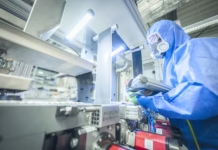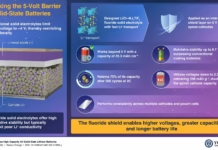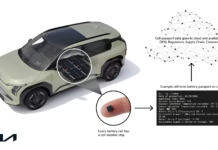Automakers race to develop more efficient batteries that extend driving range, shorten charging times, and reduce costs. Innovations in battery technology directly influence EV adoption by addressing space constraints, weight distribution, and affordability—especially critical for expanding EV choices across all vehicle segments. The Intelligent Battery Integrated System (IBIS), developed through a unique collaboration led by Stellantis and Saft, emerges as a revolutionary advancement poised to enhance electric mobility and redefine EV powertrain design for the decade ahead.
Overview of the IBIS Technology and Its Development
IBIS is the result of a comprehensive four-year partnership involving Stellantis, Saft (a TotalEnergies subsidiary), and prominent French research institutions including CNRS and Université Paris-Saclay. This cutting-edge battery system integrates charger and inverter functions directly into the lithium-ion battery modules—a major departure from traditional electric powertrain architectures that typically house these components separately. The prototype vehicle, built on the Peugeot E-3008 STLA Medium platform, marks the transition from stationary battery demonstrations to active real-world testing, validating the system’s performance under practical driving conditions.
Key Benefits and Engineering Innovations
The integration of power electronics with battery cells delivers multiple game-changing benefits for EVs. The IBIS system improves energy efficiency by up to 10% in WLTC testing and achieves a power gain of 15%, enhancing motor output with the same battery size. It reduces overall vehicle weight by approximately 40 kilograms and frees up about 17 liters of space—allowing for better aerodynamics and flexible vehicle design. Faster charging is another hallmark of IBIS, cutting charging times by 15% (such as reducing a full charge from 7 to 6 hours on a 7 kW AC charger). Simplified maintenance and the potential for easier repurposing of second-life batteries further underscore the system’s sustainability focus. By embedding the inverter and charger close to battery cells, the system eliminates bulky components, streamlines architecture, and lowers manufacturing costs.
Broader Applications and Future Prospects
While IBIS is initially targeted at automotive applications—particularly smaller EV segments where space and weight limitations are most challenging—it also holds promise for use in stationary energy storage, rail systems, aerospace, marine, and data center power solutions. The system’s modular approach supports both direct and alternating current supply, making it versatile for a wide variety of energy needs. With second phase testing underway and continued backing from the French government via France 2030 initiative, IBIS aims to be commercially available on Stellantis production vehicles well before 2030, driving a new era of compact, efficient, and affordable electric mobility.
Leadership and Industry Impact
Stellantis’ Chief Engineering and Technology Officer Ned Curic highlights the IBIS project as a testament to innovation through simplification, emphasizing weight reduction, enhanced efficiency, and cost-effectiveness. Saft’s EVP Energy Storage Systems Hervé Amossé regards IBIS as a major leap in intelligent and sustainable energy solutions, reinforcing their commitment to future-ready battery technologies. By rethinking electric powertrains and embedding critical components within battery packs, IBIS challenges conventional EV design limits and paves the way for broader EV adoption across various market segments.







